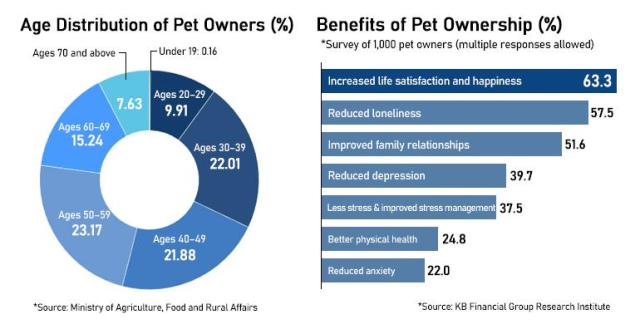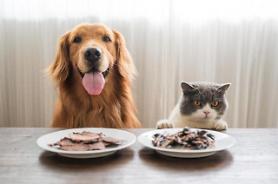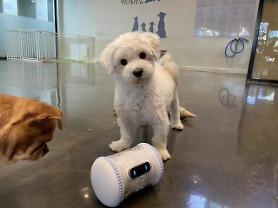
SEOUL, November 17 (AJP) - Three out of ten Korean households now own a pet, and the government is considering a standardized payment system for veterinary care to address soaring medical costs and widening price disparities. The move follows mounting public frustration over bills that vary dramatically by clinic and location.
According to the Ministry of Agriculture, Food and Rural Affairs (MAFRA), the cost of a first-time checkup for a 5-kilogram pet ranges from as low as 1,000 won ($0.69) to as high as 65,000 won. With no standardized fee schedule and all services priced independently, the same treatment can cost several times more at clinics in affluent districts.
"I took my cat to a vet in Gangnam after it swallowed a thread. An MRI scan to locate it and the removal procedure cost 1.5 million won, which was almost half my monthly salary. It's insane," said Park Jae-wook, a 29-year-old Seoul resident.

Rising medical bills have become a growing financial burden and a leading factor behind pet abandonment. A 2024 report by the KB Financial Group Research Institute found that pet-owning households spent an average of 194,000 won per month on pet care, or about 2.1 million won annually — nearly equivalent to one month of minimum-wage earnings. Spending patterns are becoming increasingly polarized, with the share of households spending less than 50,000 won a month rising from 9.2 percent in 2021 to 18.8 percent in 2024, while those spending more than 250,000 won grew from 14.2 percent to 20.6 percent.
Private pet insurance has failed to ease the burden. Although 89 percent of pet owners are aware of insurance products, only 11.9 percent carry coverage due to high premiums and limited benefits. Owners surveyed in 2023 cited cost as the biggest barrier, followed by restrictive reimbursement terms.
MAFRA plans to develop a feasible payment model by the second half of next year after consultations with veterinary groups and industry officials. But with no public insurance system for animals and wide differences in clinic size, equipment, and staffing, officials acknowledge that introducing mandatory standardized fees would be difficult to enforce.
The Korean Veterinary Medical Association has opposed the plan, calling it "excessive" and impractical given the cost differences across clinics. The association warned that fixed prices could undermine service quality and limit investment in medical equipment.

A senior official at MAFRA's Companion Animal Industry and Animal Health Care System division said the government is considering applying standardized fees only at designated public veterinary hospitals that treat vulnerable households or abandoned animals. The official added that introducing a nationwide public insurance system for pets would require broad public support, which remains uncertain since only about a quarter of Koreans own pets.
As of the end of 2024, the number of pet owners stood at 15.46 million, or 29.9 percent of the population. Pet-owning households numbered 5.91 million, accounting for 28.6 percent of all households, a ratio that has remained near the 30-percent level for the past five years despite a declining population.
By age group, pet ownership was highest among people in their 50s at 23.17 percent, followed by those in their 30s at 22.01 percent and 40s at 21.88 percent. Only 9.91 percent of pet owners were in their 20s, contradicting the belief that younger generations are replacing children with pets amid falling birthrates.
Copyright ⓒ Aju Press All rights reserved.



